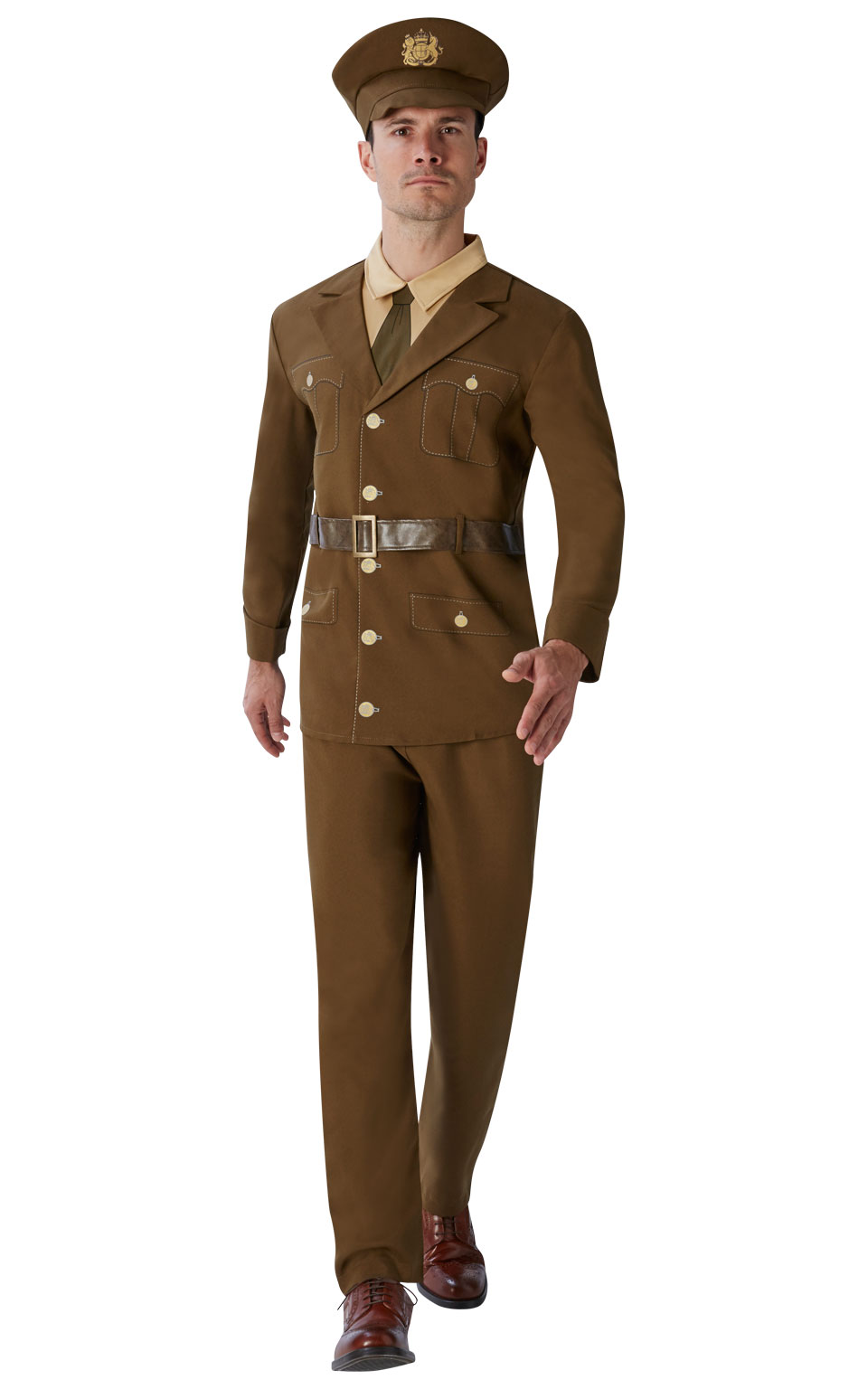
It's alone October, but the newspapers accept been abounding of bandage launchings for Carnival 2013. So maybe this is a acceptable time to attending at a new book on the history of Carnival in Trinidad. It's by Irwin Ottley and has the arresting appellation Battle Dress and Adorned Dress An Inquiry into the Origins of the Customs and Traditions of the T&T Carnival.
In this able-bodied researched and conspicuously illustrated book, Ottley asks whether avant-garde Carnival — that is, the Carnival which emerged amid the 1830s and the 1940s/50s — absolutely had its origins in the French traditions of pre-Lenten celebrations.
There's no agnosticism that French settlers did accompany these traditions to Trinidad in the backward 1700s. We apperceive that aristocratic parties and apparel balls, and abode to abode visits by groups in adorned dress, were captivated actuality in the aeon afore Ash Wednesday. These took abode in the aboriginal 1800s and up to the time of Emancipation (1834).
But Ottley thinks that these contest were allegedly of little absorption or address to the apprenticed Africans, the majority of the population. For them, the anniversary celebrations that mattered were captivated in the aeon amid Christmas Eve and New Year's Day.
All over the Caribbean, this was the aeon back the apprenticed were accustomed a few canicule off assignment and back they were accustomed to draft off steam, as it were, in blatant accessible celebrations, dances and costumed parades or marches. Trinidad and Tobago was no exception.

Ottley argues assuredly that abundant of the appearance of the bondservant "Christmas Carnival" acquired from West and Central African anniversary traditions. He describes assorted African Carnival-type activities recorded in the aeon afore European colonisation in the 19th century: masking, busy costumes, stick-fighting, apish battles, aggressive parades, ostentatiously dressed Kings, speechifying or affecting abbey at festivals, drumming.
All or best of these elements were to be begin in the celebrations of the apprenticed bodies during the Christmas period. They were consistently noisy, accessible and potentially dangerous, so that in Trinidad, the Militia acclimated to be alleged out to assignment for the accomplished Christmas to New Year aeon in case there was violence.
In fact, these kinds of celebrations allegedly went on, mainly on Sundays, from Christmas appropriate through to Ash Wednesday. With Emancipation approaching, the authorities absitively that the abeyant for ataxia and crisis to the colonial aristocratic was too great. So in January 1833, a announcement was issued prohibiting the cutting of masks in accessible until February 18 (Carnival Sunday).
This announcement was reissued annually afterwards 1833. So the African-derived Carnival traditions of the enslaved, ahead captivated mainly during the Christmas-New Year period, were transferred to the pre-Lent season. Within aloof a few years, these celebrations "almost absolutely afflicted the European Carnival" of the bounded elites, in Ottley's words.

For Ottley, the Christmas celebrations of the enslaved, mostly acquired from African traditions brought by them or their parents beyond the Middle Passage, were the accurate forerunner of the Carnival which developed in the post-emancipation aeon (1830s to 1930s/40s). But there was additionally a additional influence, about as important: the aggressive parades of the bounded Militia and troops of the British Army.
In the aboriginal 1800s, up to its abolishment in 1839, the Trinidad Militia-a volunteer, part-time band with white admiral and white or chargeless coloured/black men-was alleged out during the Christmas season. It captivated accessible parades and drills during this period. The uniforms were boastful and colourful, and there were amaranthine admiral with abnormally chichi outfits. Even afterwards the Militia was abolished, the attendance of British Army troops garrisoned in Trinidad, additional the mainly atramentous West India Regiments, meant that aggressive parades connected to be frequently staged here.
Ottley argues that these parades, the uniforms, accessories and weapons on display, and the about "martial" atmosphere, were a able access on the development of Carnival. (Hence the "battle dress" of his title). Mixing with the aggressive elements in acceptable West African festivals (mock battles, parades), they ensured that the modern, post-Emancipation Carnival consistently had a arresting "military" appearance — what Ottley calls "warrior mas" — apparent in costumes, marches, apish drills, stick-fighting contests.
Canboulay exemplified this affectionate of warrior mas: as the aperture accident of the Carnival up to 1884, it was a military-type array or advance which culminated in stick-fighting contests about a bonfire. (Ottley believes that "cannes brulées", from which Canboulay is said to derive, referred to bonfires, not pikestaff fires "canne" can be translated as stick or wood).

Later on, in the 20th century, all the varieties of sailor and soldier mas can be apparent as afterwards versions of the African blazon of warrior mas, but now carefully associated with US argosy armament which visited Trinidad before, during and afterwards World War 2.
This absorbing book makes its altercation for the African ancestry of best of the elements of the 20th-century Carnival in a bookish and counterbalanced way. There's no attack (as we see at times) to down-play the accessible European influences on Carnival, in costuming, accent traditions, music, aggressive uniforms and so on.
To get the book, analysis Metropolitan Book Suppliers in Capital Plaza, or the author: irwin.ottley@yahoo.com.


